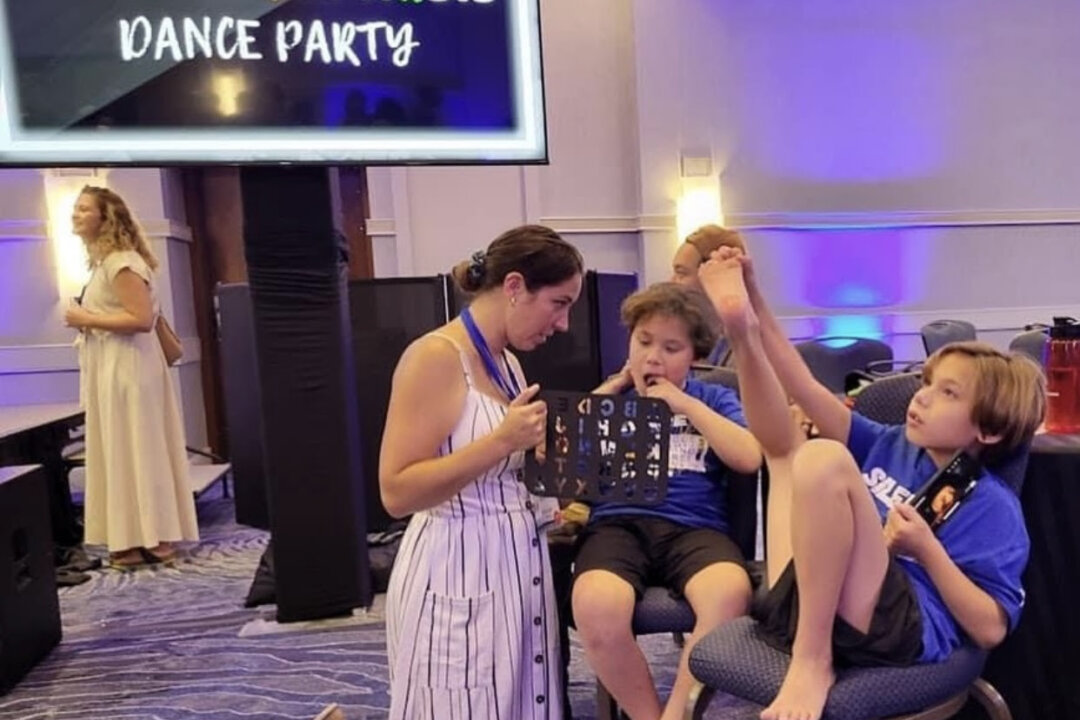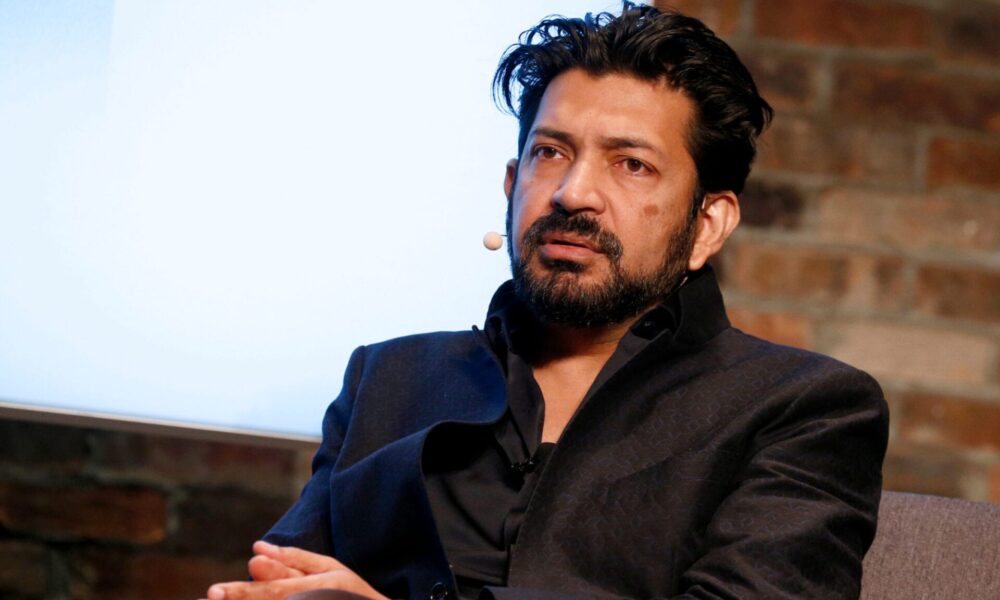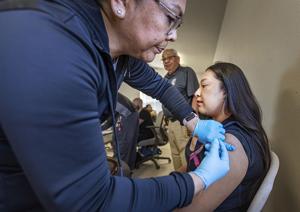A growing movement is empowering nonspeakers with autism to express themselves through innovative communication tools such as keyboards and letterboards. This shift is exemplified by the inspiring journey of Elizabeth Bonker, who gained widespread recognition after delivering a powerful graduation speech at Rollins College in Florida in 2022.
Bonker, who has not spoken since she was 15 months old due to autism, captivated her audience with her eloquent words, despite her inability to vocalize them. In her speech, she quoted Alan Turing, the renowned British mathematician known for his pivotal role in breaking Nazi encryption codes during World War II. She concluded her address with the thought-provoking line, “Sometimes, it is the people no one imagines anything of who do the things no one can imagine.” This sentiment resonated deeply with her listeners, resulting in a standing ovation and a viral moment on social media platforms.
Bonker’s journey underscores a significant shift in how individuals with communication challenges are perceived and supported. Traditionally, nonspeakers with autism have been overlooked or misunderstood, often leading to feelings of isolation. However, advancements in communication methods are changing this narrative. Tools like letterboards allow these individuals to spell out their thoughts and feelings, offering a voice to those who have long been silenced.
The response to Bonker’s speech has not only elevated her status as a public speaker but has also sparked conversations about the capabilities of nonspeakers. Many advocates argue that just because someone cannot speak does not mean they lack intelligence or depth of thought. Bonker has become a beacon of hope for many families grappling with similar challenges, showing that effective communication is possible with the right tools and support.
In recent years, there has been a surge in interest around alternative communication methods. Organizations and therapists dedicated to autism support are increasingly incorporating technology into their practices. These tools provide a means for nonspeakers to engage in meaningful interactions, allowing them to share their ideas and emotions in ways that were previously unimaginable.
The impact of Bonker’s message has extended beyond her immediate community. Her story has inspired many to advocate for increased accessibility to communication tools for individuals with autism. Parents and caregivers are now more aware of the potential for nonspeakers to express themselves. As awareness grows, so does the demand for resources that facilitate these communication methods.
Bonker’s accomplishments are a testament to the resilience of individuals with autism, as well as the transformative power of technology. With each public appearance, she not only shares her own experiences but also amplifies the voices of countless others who have been similarly marginalized.
As society continues to evolve in its understanding of autism, stories like Bonker’s are crucial. They remind us that every individual has a unique story to tell, and with the right support, those stories can be heard. The journey towards understanding and inclusion for nonspeakers is ongoing, and advocates like Bonker are leading the way, inspiring others to embrace the diversity of communication.
In conclusion, Bonker’s journey and the broader movement towards empowering nonspeakers highlight the importance of recognizing and supporting the diverse communication needs of individuals with autism. Her graduation speech is not just a personal triumph; it represents a collective voice advocating for change and understanding in a world that often overlooks the capabilities of those with autism.







